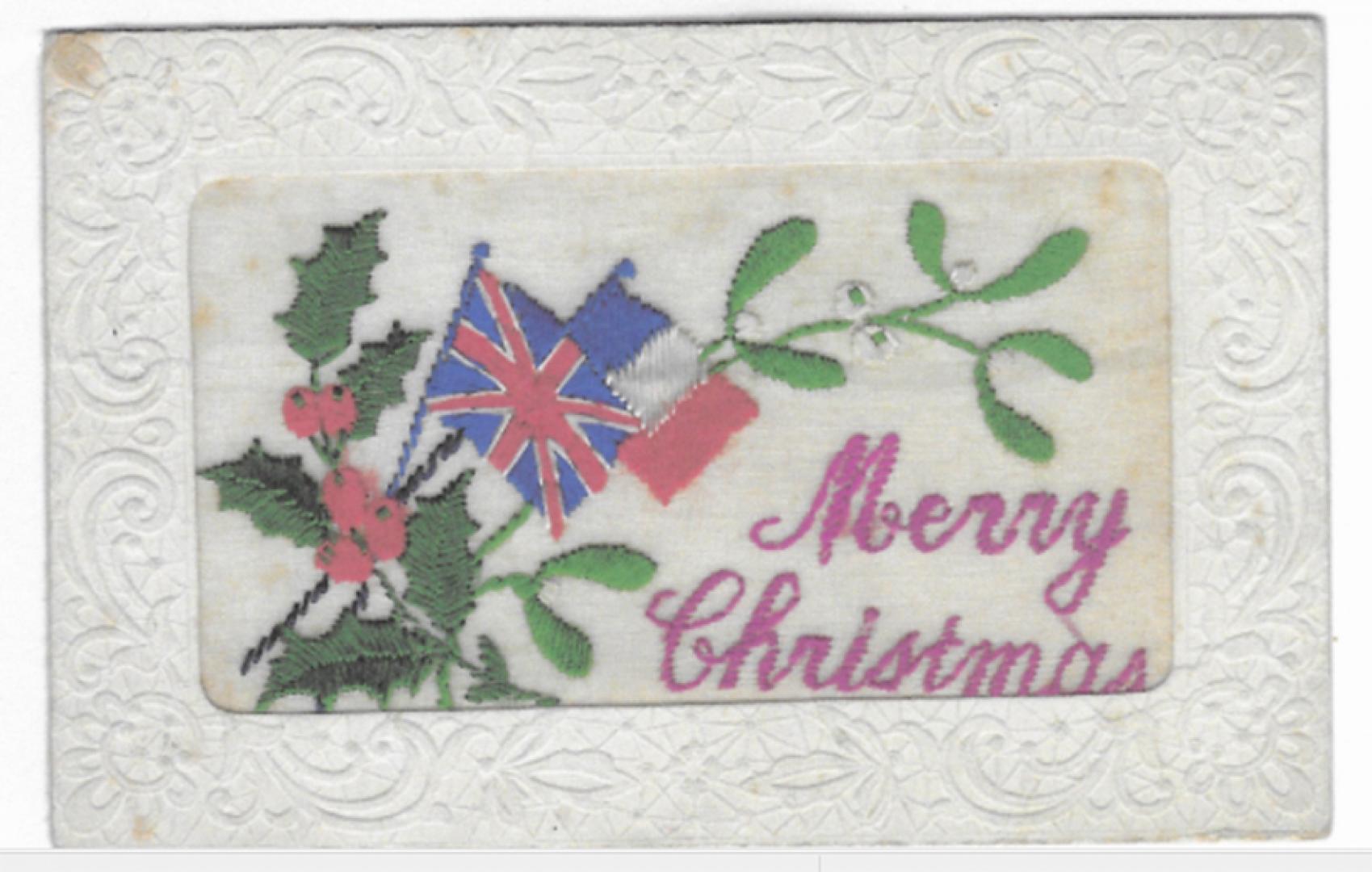“PEACE on earth.” Singing those words during the Christmas season in 1918 must have meant so much to families in Teesdale.
The armistice that brought an end to fighting in Europe (and gradually to other parts of the world) had been agreed just six weeks earlier, signalling the end of a war that had been going on for four-and-a-half years.
More than 2,000 men with Teesdale connections had fought in British or colonial and dominion forces; several hundred would never return, and many who survived were often damaged physically or psychologically.
At Christmas 1918 you can imagine that families were hoping their loved ones who were still in the forces or engaged in other war work would soon be returning safe and sound.
Unfortunately for some, that never happened. The so-called Spanish flu epidemic killed millions throughout the world, and Teesdale suffered losses at home and abroad. Prisoners of war took months to return and some men were still in the armed forces until 1921.
The wartime Christmases were different each year, and yet in many ways so alike. With the war only a few months old in 1914, people could still hope for a quick end to the fighting, even if “it will be over by Christmas” was never a likely military option.
The Victoria Hall, in Barnard Castle, hosted a Christmas treat for over 300 wives and children of soldiers with a visit by Santa Claus and a gift for everyone.
The town also arranged an evening of food and entertainment – a concert and a picture show – for the 17th DLI, billeted in Barnard Castle. Gifts were sent to every Teesdale man in the 6th DLI as well as to men from Barnard Castle serving with other regiments.
A short note in the Mercury (January 6, 1915) states that two sons of Revd Lightfoot, the Primitive Methodist minister, were at home for Christmas 1914. Hugh was a driver with the 1st West Lancashire Regiment and Harold was a wireless telegraphist with the 5th Dragoons. I looked up both men in the Roll of Honour we’re researching (www.the bowesmuseumww1.org.uk) and I was delighted to discover that both survived the war. Christmas 1918 must have been a happy one in the Lightfoot household.
By Christmas 1915 there had been heavy losses in battles and it was clear that the war wasn’t going to end quickly.
In the run-up to Christmas, men from the 20th DLI provided an entertainment for the townspeople to raise funds to send “comfort parcels” to men at the front.
In the current exhibition at The Bowes Museum – For King and Country: Exploring the Role of Teesdale in the First World War – you can see instructions for packing up a comfort parcel and modern versions of the food and clothing that was sent out.
A special benefit night to raise funds for Christmas parcels was held in late November 1916 – a year marked by the huge losses at the Battles of Jutland and the Somme.
And that year, the Mercury tells us, there was to be no Christmas leave for home soldiers – that must have been such a disappointment to the men and their families.
Early in 1917 the Mercury reported that Driver J Kavanagh, of the Motor Transport division, was at home in Startforth on leave from France and he sent his thanks to the War Emergency Committee for the Christmas parcel he had received.
Of course, I wanted to check him on our Roll of Honour. I found three possible candidates: JT Kavanagh of Bridge End; John Thomas Kavanagh and James William Kavanagh, both of Startforth. Clearly I needed to do a bit more research.
Trawling through Ancestry, I found a medal card and attestation papers for John Thomas Kavanagh in the Army Service Corps who enlisted in February 1915; he gave his father’s name as Joseph and the address as Bridge End, Barnard Castle.
There is often a blurring of the boundaries between the bridge end of Barnard castle and Startforth – quite confusing.
The census returns for 1911 show the Kavanagh family living at 33 The Bank, Barnard Castle. Joseph is head of the household and John Thomas is the eldest son (the James William listed in the family is too young to be the men on the Roll of Honour). As far as I can tell, John Thomas survived the war – another fortunate family.
November and December 1917 again saw various local fundraising efforts – usually concerts – for Christmas parcels and/or money to send to Teesdale soldiers serving abroad.
By Christmas 1918 fundraising efforts hadn’t stopped, with gifts still sent abroad. (I was rather intrigued to see a notice in the Mercury mentioning that women munitions workers – now no longer needed – were acting as postal workers).
But let’s end on a more cheerful seasonal note.
Throughout the war, men had sent home embroidered postcards with a variety of designs – there are several examples on display in the First World War exhibition mentioned earlier.
These postcards were a source of income to French women, many of whom had been displaced by war, and I am sure they were treasured at home. Fred Nevison from Barnard Castle sent this lovely Christmas card home to his sister Winnie, incorporating the British and French flags with the traditional holly and mistletoe. Fred came back to Barnard Castle where he became a successful businessman and a trustee of The Bowes Museum.
If you have any information about Teesdale men and women involved in or affected by the First World War, we’d love to hear from you.
You can email libraryand [email protected] or drop a line to The Bowes Museum, Barnard Castle DL12 8NP.
Merry Christmas.
By Judith Phillips, research advisor to The Bowes Museum’s First World War Commemoration Project





